First harvest results suggest ‘good health and welfare’ of salmon in iFarm net pens
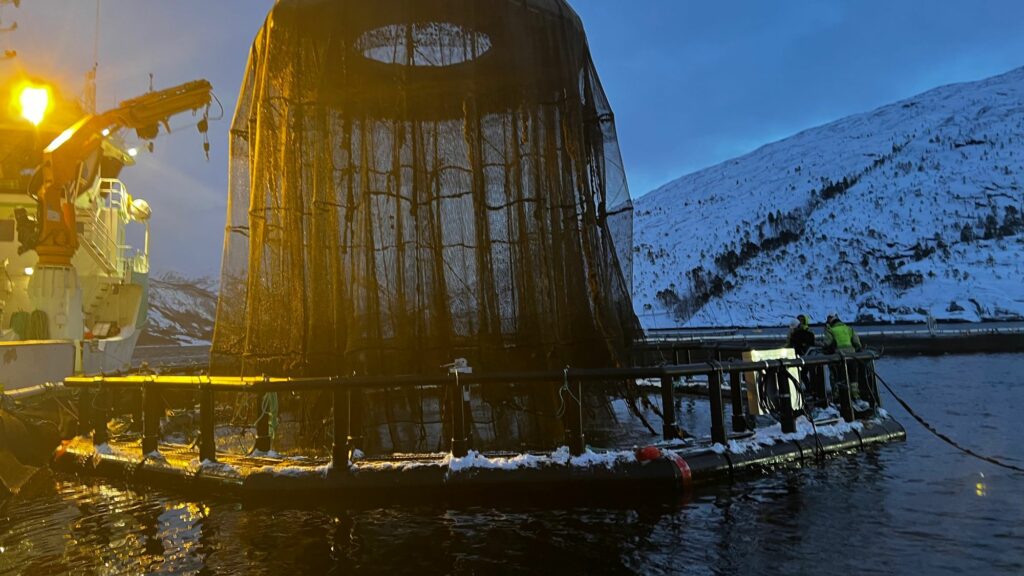
iFarm, a technology that uses visual technology to recognize individual fish based on their dot patterns, is producing “high quality” salmon with reduced sea lice levels, according to recent harvest results from Cermaq – one of the largest seafood companies of farmed salmon in Canada, Chile and Norway.
Cermaq launched the five-year project in 2020, stocking the first iFarm fish in the Martnesvika sea site in late 2020. Using artificial intelligence and machine learning, the technology makes it possible to identify, record and track each individual fish in a pen, as well as maintain an individual health record and allow for targeted interventions.
According to Cermaq, results from the first harvest suggest that the “health and welfare of the fish has been good in the iFarm net pens.” Specifically, the need for delousing was reduced by 50 percent in the iFarm pens compared to the conventional pens on site. Scoring of welfare indicators also indicates positive health outcomes for the fish throughout the production.
“The fish behavior we have observed in phase one tells us that the fish are doing fine with the iFarm equipment in the pen,” said Karl Fredrik Ottem, Cermaq’s iFarm project manager. “This is further supported by the results from the harvest. The fish have had a good life in the iFarm pens.”
In phase one of the project, the focus has largely been on adapting the iFarm equipment in the pen to fish behavior as well as ensuring that the fish are well and have good welfare.
Although preliminary results are promising, Cermaq said that there are still “uncertainties” to address. For instance, the iFarm concept cannot be combined with ordinary underwater feeding equipment, and the harvest results indicate a need for further development of the underwater feeding system.
“The first production has also provided important experience in terms of solutions for integration between various main components of iFarm and how these should be further developed to improve handling operations and daily operations,” the company stated in a press release.
Phase one has also involved testing the first version of the iFarm sensor at the Martnesvika sea site. Cermaq said that it’s offered insight into camera arrangement, lighting and data processing to enable a health record for each fish.
“Checking the fish in real-time with cameras from multiple angles opens up to tell more about each fish, but at the same time it requires a lot from the software and hardware solutions we develop,” said Geir Stang Hauge, general manager of BioSort.
In further developing iFarm, phase two will take place in Vesterålen. An entire sea site has been equipped with iFarm setups in all the pens after the fish was stocked last autumn. This phase will involve real full-scale testing of the concept and technology.
“We have learned a lot that we have already implemented in phase two, and we have received a number of answers that take us to the next step,” said Ottem. “An important part of the innovation work is to find out what works and what does not work.”
Follow the Advocate on Twitter @GSA_Advocate
Now that you've reached the end of the article ...
… please consider supporting GSA’s mission to advance responsible seafood practices through education, advocacy and third-party assurances. The Advocate aims to document the evolution of responsible seafood practices and share the expansive knowledge of our vast network of contributors.
By becoming a Global Seafood Alliance member, you’re ensuring that all of the pre-competitive work we do through member benefits, resources and events can continue. Individual membership costs just $50 a year.
Not a GSA member? Join us.
Author
-
Responsible Seafood Advocate
[103,114,111,46,100,111,111,102,97,101,115,108,97,98,111,108,103,64,114,111,116,105,100,101]
Tagged With
Related Posts
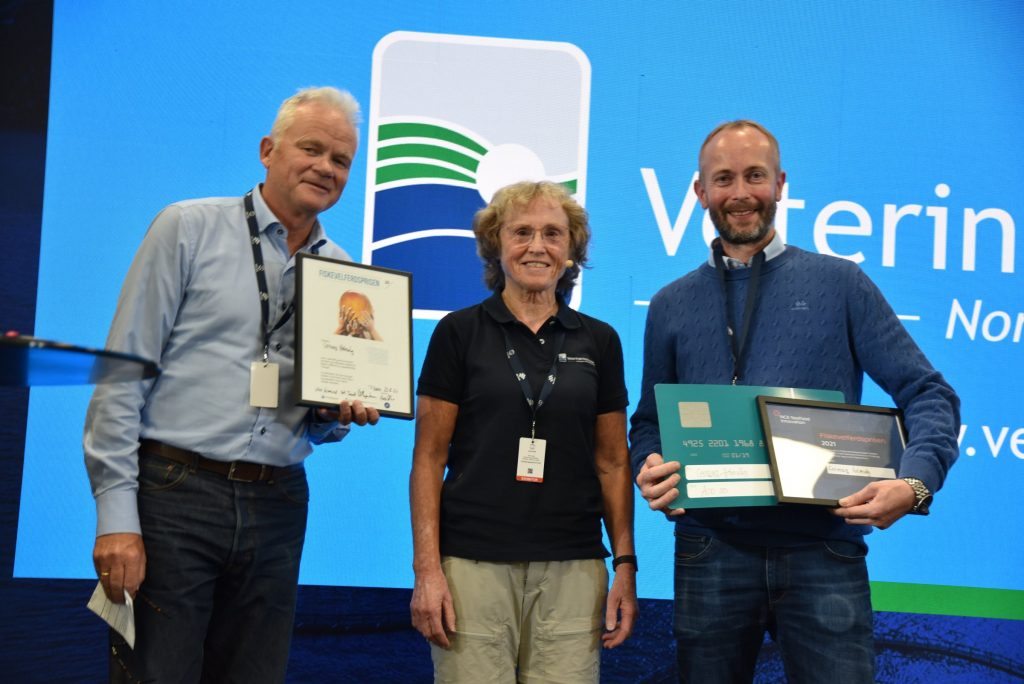
Health & Welfare
Cermaq wins fish welfare award
At the Aqua Nor conference in Norway, Cermaq received the Fish Welfare Prize, recognizing its efforts to improve the quality and survival of its juvenile salmon.
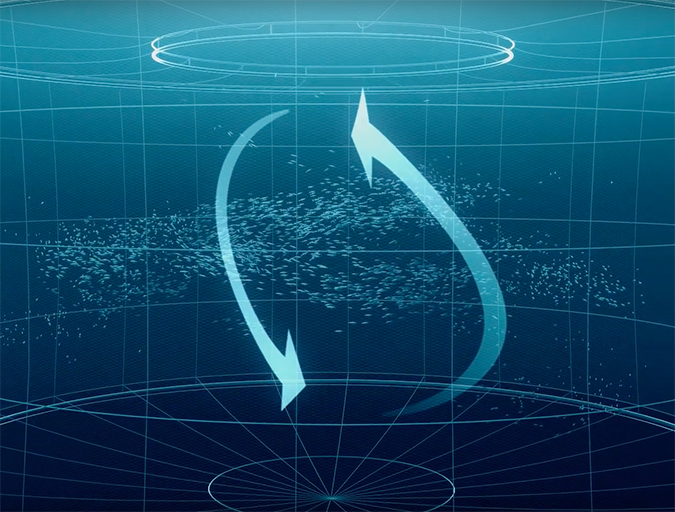
Innovation & Investment
Thinking outside the cage: Avant-garde aquaculture in Norway
Salmon farming in Norway is poised for an innovation boom. The biggest players are putting cutting technology in the water to solve some of the industry’s most persistent problems, such as sea lice, fish escape and waste management.
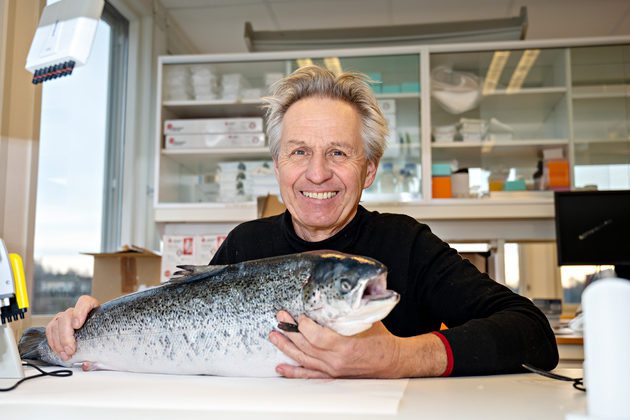
Health & Welfare
Nofima unlocks ‘promising’ method for sterilizing farmed salmon at embryotic stage
A new technique for sterilizing farmed salmon at the embryonic stage could limit the impact of escaped farmed salmon in rivers.
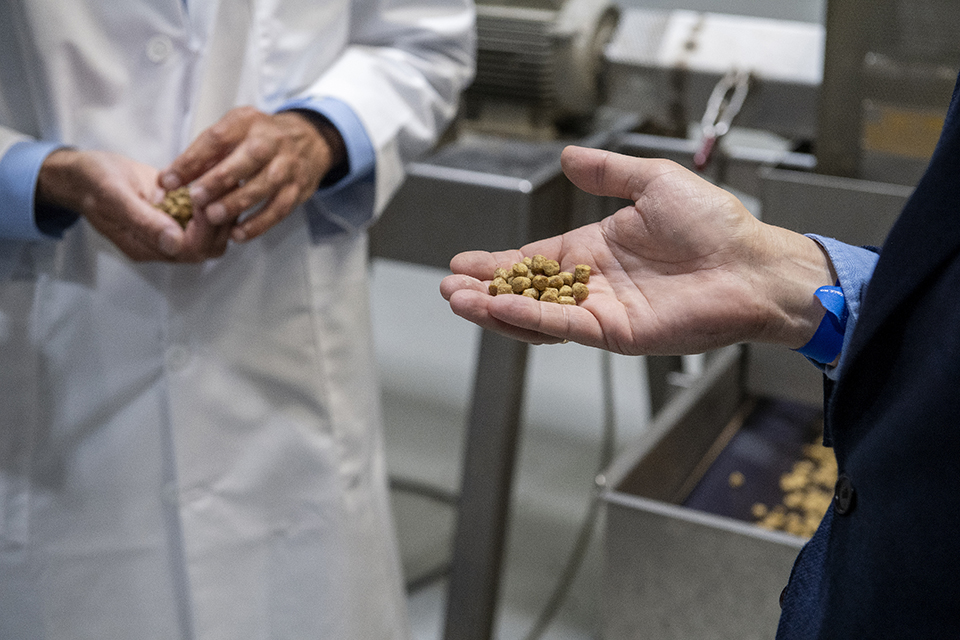
Aquafeeds
Nofima launches collaborative project to develop sustainable ingredients for farmed salmon
Nofima has launched the Millennial Salmon Project, a collaborative research initiative to develop sustainable ingredients for farmed salmon.



